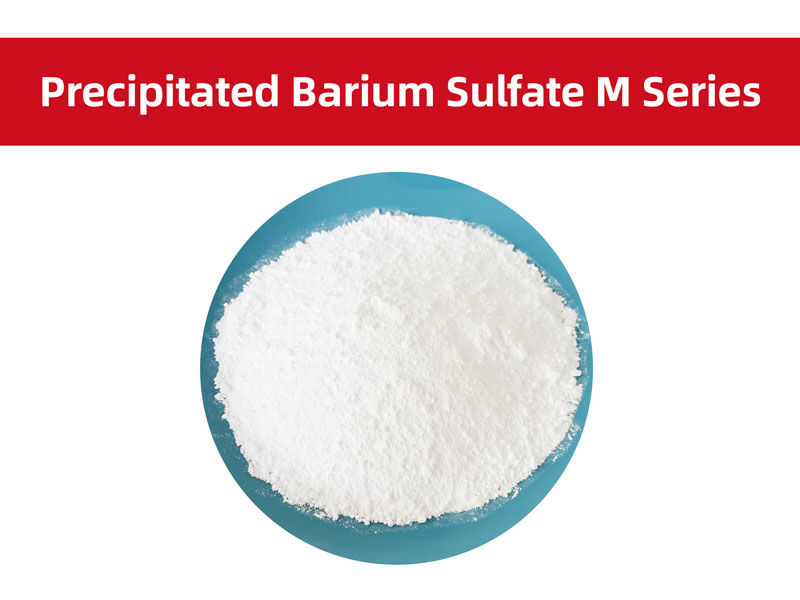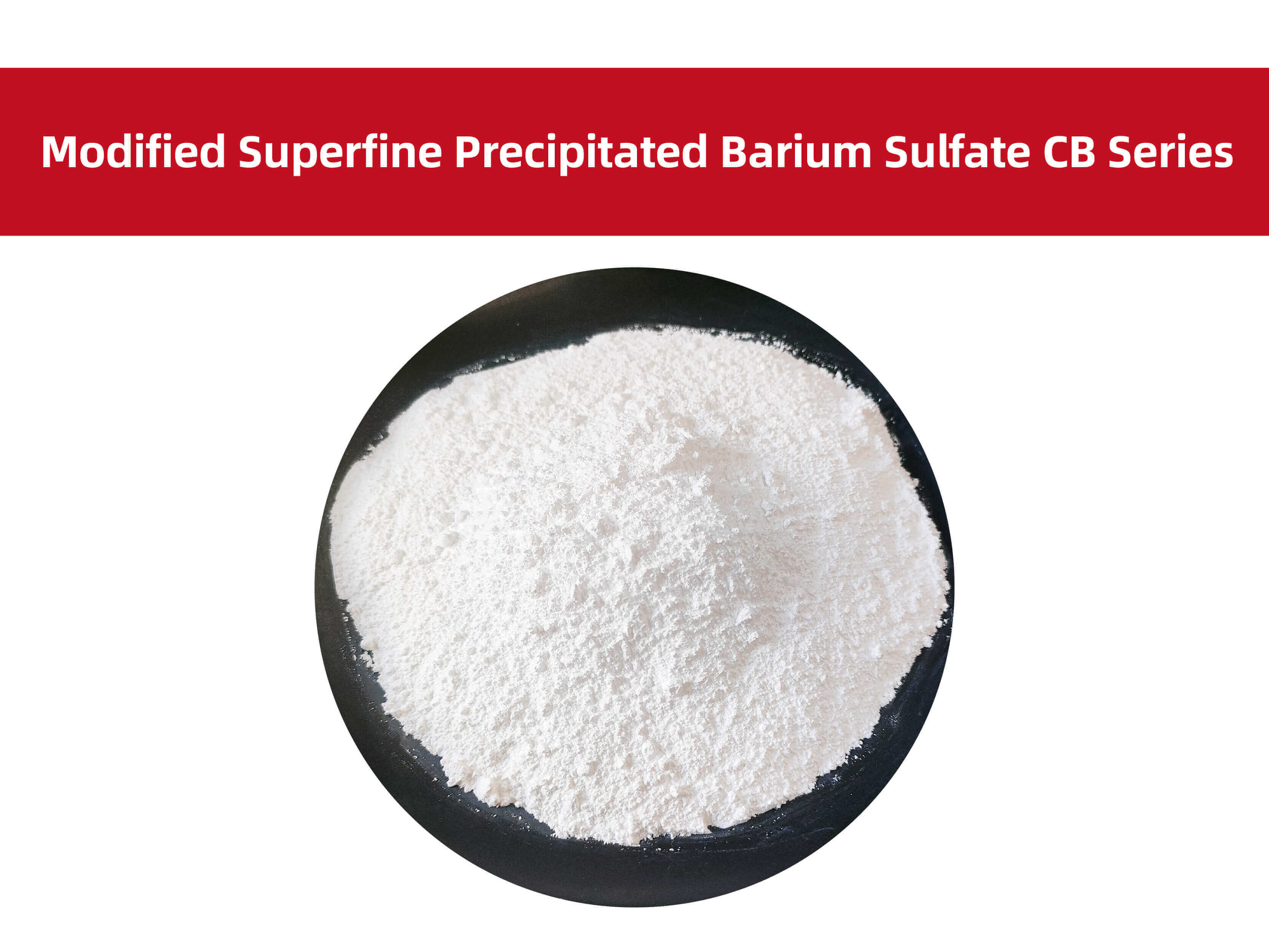How are pigments produced?
 Jul 28, 2023|
Jul 28, 2023| View:496
View:496We are all accustomed to the world being based on colorful and gorgeous colors. It is hard to imagine what kind of impact it will bring to the sensory world if the whole world is black and white? We can't help but wonder, apart from natural colors, where do the pigments presented by substances come from?

Pigments are colorants that cannot be dissolved in common solvents, and can be divided into inorganic pigments and organic pigments. Among them, organic pigments are colored organic compounds, which can be divided into two categories: natural and synthetic. The advantages of organic pigments are high tinting power, bright color, complete color spectrum, and low toxicity. The disadvantages are light resistance, heat resistance, weather resistance and solvent resistance of the product, and In terms of hiding power, it is inferior to inorganic pigments.
Natural pigments are extracted from ores or plants. Ancient murals are products of natural pigments. The most representative ones are the majestic murals of Dunhuang Mogao Caves.
Synthetic pigments are mostly used in modern industry. It was born in 1856 when 18-year-old William Henry Perkin,Jr was a student at the Royal College of Chemistry. In the process of trying to synthesize Quinon with a chemical method with coal oil, he extracted a purple dye in an unexpected experiment and created aniline purple through heavy chromate. This is the first time in history to discover artificially synthetic organic pigments. At this point, a series of prelude to manufacture a large amount of pigment through carbon purification.

Our precipitated barium sulfate products can also be used in pigments,
1. Among the organic pigments, phthalocyanine blue and phthalocyanine green have the best application effects. Adding precipitated barium sulfate after inorganic surface treatment can improve the dispersion, maintain the color rendering of the product, and correspondingly improve the gloss and vividness of the product.
2. It can help grinding (dispersion), reduce the grinding time, make the pigment disperse more evenly, improve the color rendering efficiency of the pigment (pigment extender), and can also be used as a pigment brightener.
3. It has a stabilizing effect on both inorganic and organic pigments, preventing flocculation or color floating. Nano-precipitated barium sulfate particles can be adsorbed around pigment particles, increasing steric hindrance or charge repulsion to stabilize pigments.


If you want to know more information, welcome to consult us!





 Language
Language



